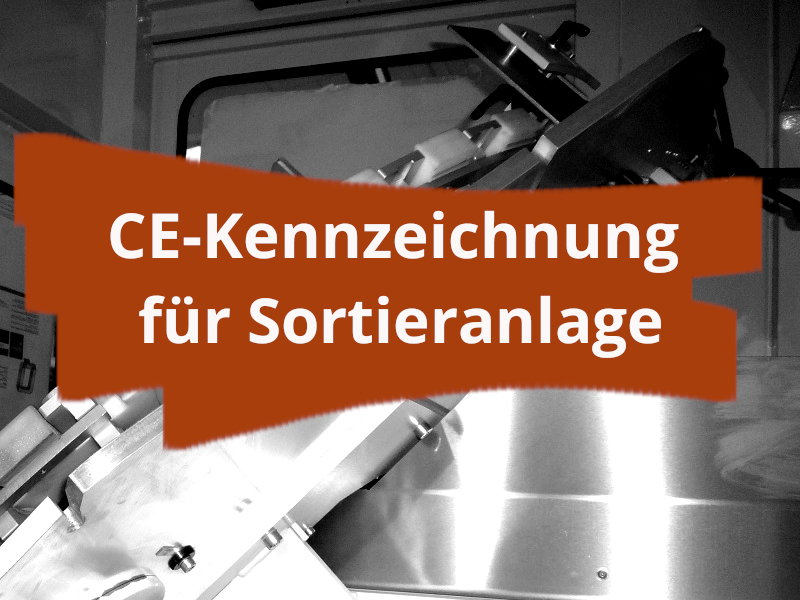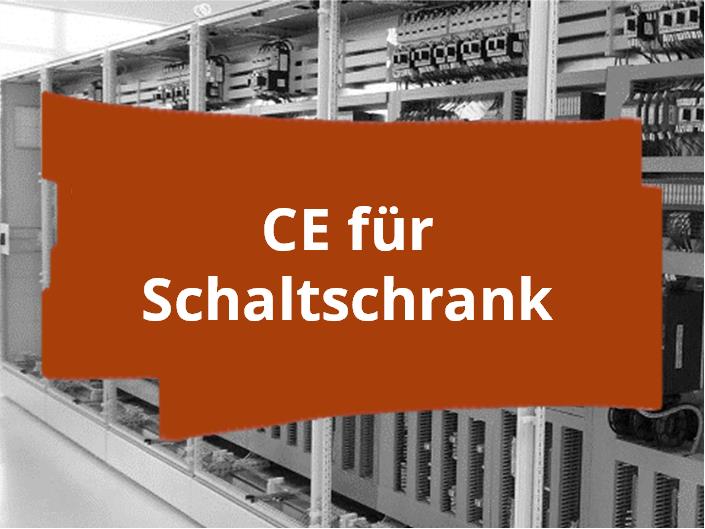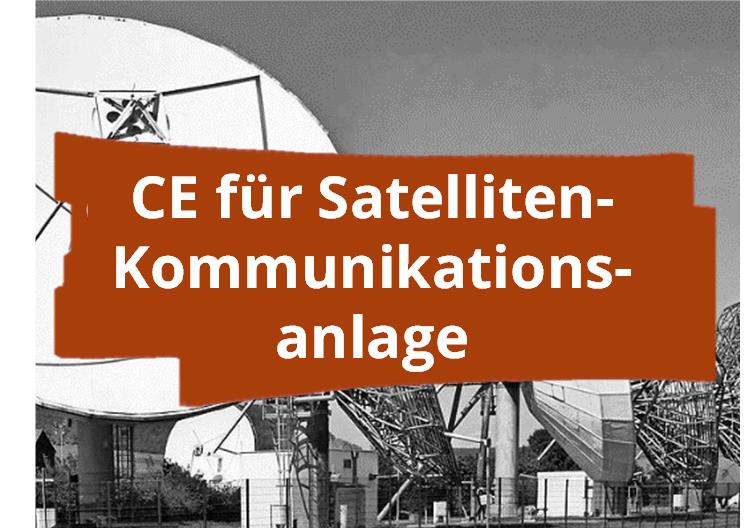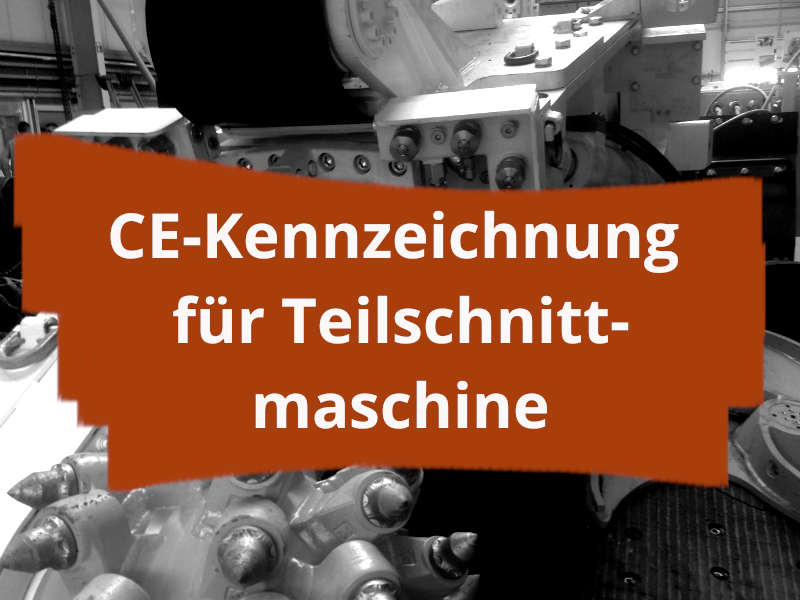EU Directive for Pyrotechnics
We take care of your CE marking along with accompanying measures.
You can affix the CE mark and sign the declaration of conformity without worries.
Willy Lebherz
Geschäftsführer easyCE GmbH

Declaration of conformity done!
Receive your CE declaration of conformity ready for signature.
Risk assessment completed!
CE mandatory risk analysis conducted.
Relevant directives & standards applied!
Your product evaluated against relevant directives and standards.
Technical documentation created!
Receive a pragmatic, user-friendly operating manual.
CE mark attached!
Simply affix the CE mark and you're done.
CE marking routines differ depending on your role
CE AS PRODUCER
The Pyrotechnic Articles Directive 2013/29/EU replaces the previous Directive 2007/23/EC and aims to ensure uniform rules for pyrotechnic articles on the EU market. It establishes protection standards for human health, the environment and public safety in order to ensure the free trade of these items in the internal market. Pyrotechnic objects are defined as objects that contain explosive substances and can produce heat, light, sound, gas or smoke through chemical reactions. There are various types of such objects, including fireworks for entertainment purposes, pyrotechnic elements for stages and theaters, as well as those for vehicles used as components of safety devices. The Directive is intended to ensure the safety and standardized use of these items in various areas of application.
The experts at easyCE will be happy to help you place your products on the market and assess special cases. We are happy to support you with CE, UKCA and other marking.
FAQ
What is the Pyrotechnic Articles Directive?
The original Pyrotechnical Articles Directive 2007/23/EC was replaced in June 2013 by Directive 2013/29/EU on the harmonization of Member States' legislation on the placing of pyrotechnical articles on the market. This Directive applies to all pyrotechnic articles placed on the EU market.
What is the aim of the Pyrotechnics Directive?
The Directive lays down rules ensuring a high level of protection for human health, the environment and public safety. These safety requirements ensure the free movement of pyrotechnic articles in the internal market.
What is a pyrotechnic object?
A pyrotechnic article is any article containing explosive substances or mixtures of substances with which heat is generated due to independent chemical reactions occurring under the release of heat Light, sound, gas or smoke or a combination of these effects shall be produced.
What types of pyrotechnic objects are there?
1. Fireworks: Pyrotechnic objects for entertainment purposes.
2. Pyrotechnic articles for stages and theatres: Pyrotechnic articles for use on indoor and outdoor stages, including for film and television production or similar use.
3. Pyrotechnic articles for vehicles: components of safety devices in vehicles containing pyrotechnic substances used to activate these or other devices.
Which pyrotechnic articles are not covered by Directive 2013/29/EU?
1. Pyrotechnic articles intended for non-commercial use by the armed forces, the police or the fire brigade in accordance with national law
2. Equipment within the meaning of Directive 96/98/EC
3. Pyrotechnic articles for use in the aerospace industry
4. Ignition plates specifically designed for toys as defined in Directive 2009/48/EC
5. Explosives within the meaning of Directive 93/15/EEC
6. Ammunition
What categories are provided for in the Pyrotechnics Directive?
Pyrotechnic articles shall be categorized by the manufacturer according to their type of use or purpose and the degree of hazard, including their noise level.
Categorization for fireworks:
1. Category F1: Fireworks that present a very low risk, have a negligible noise level and are intended to be used in closed areas, including fireworks intended for use within residential buildings.
2. Category F2: Fireworks that present a low risk, have a low noise level and are intended for use in demarcated outdoor areas.
3. Category F3: fireworks representing a medium hazard intended for use in wide open areas outdoors and whose noise levels do not endanger human health.
4. Category F4: Fireworks which pose a major hazard intended for use only by people with specialist knowledge (so-called "professional fireworks") and whose noise levels do not endanger human health.
Categorization for theatrical pyrotechnic objects:
1. Category T1: Pyrotechnic articles for use on stages that pose a low risk.
2. Category T2: Pyrotechnic articles intended for use on stages intended for use only by persons with specialist knowledge.
Categorization for other pyrotechnic articles:
1. Category P1: Pyrotechnic objects other than fireworks and pyrotechnic objects for stage and theatre, which pose a low risk.
2. Category P2: Pyrotechnic articles other than fireworks and pyrotechnic articles for stage and theatre intended for handling or use only by persons with specialist knowledge.
What are the age limits for the use of pyrotechnics?
1. Category F1: 12 years
2. Category F2: 16 years
3. Category F3: 18 years
4. Category F4: Only persons with expertise
5. Category T1: 18 years
6. Category T2: Only persons with expertise
7. Category P1: 18 years
8. Category P2: Only persons with expertise
What is the conformity assessment procedure under the Pyrotechnics Directive?
To assess the conformity of pyrotechnic articles, the manufacturer must use one of the following procedures:
- EU type-examination and, at the choice of the manufacturer, one of the following procedures:
- Conformity of the design based on an internal production control with monitored product tests at irregular intervals
- Conformity of design based on quality assurance of the production process
- Conformity of design based on product quality assurance
- Conformity based on an individual test
- Compliance based on comprehensive quality assurance for category F4 fireworks
What are the main steps to obtain the CE marking?
1. Contact the notified body of your choice and submit your application with the necessary technical documentation to assess the essential safety requirements.
2. The notified body shall carry out appropriate tests for the representative samples that you provide as part of the EC type-examination.
3. The notified body will issue you with an EC type-examination certificate if the provisions of the Directive are met.
4. The notified body either checks your goods randomly or evaluates your quality assurance system. This confirms the conformity of your products manufactured according to the certified model.
5. You apply the CE mark on your certified products and issue the corresponding declaration of conformity with the directive.
What are the basic security requirements (ESR)?
All essential safety requirements can be found in Annex I to Directive 2013/29/EU, and some of the most important are:
- Each pyrotechnic article produced must comply with the performance characteristics you have communicated to the notified body in order to ensure maximum safety and reliability.
- Each pyrotechnic object must be designed and manufactured in such a way that it can be safely disposed of by a suitable process with minimal environmental impact.
- Each pyrotechnic object must function correctly when used as intended.
- Pyrotechnic articles shall not contain detonating explosives other than black powder or flash sets, except pyrotechnic articles of categories P1, P2, T2 and fireworks of category F4.
Hundreds of companies trust easyCE














With easyCE, product compliance is really ‘easy’
Approach to CE marking
Type and manner of support
Scope of support
Contact during project processing
Find the easiest way to obtain the CE mark
Abbreviated process for CE derived directly from CE
All-inclusive or modular – whatever you prefer
Personal contact with experts who take your wishes into account
other CE service providers
Often lacking in sound judgement and unnecessarily complicated
Mostly flexible but often bureaucratic
Mostly flexible in terms of support scope
Mostly personal contact
CE Software
Follows standardised process; special circumstances not taken into account
Double burden for you: software management + no support during processing
Only according to software scope and purchased modules
No contact
You want support that lightens your workload and doesn't create more work.
This is what successful projects look like

CE-Kennzeichnung und Konformitätserklärung aller Lebensphasen einer Tunnelbohrmaschine zum Kupferbergbau in Australien
easyCE unterstützt das gesamte Konformitätsbewertungsverfahren inkl. Risikobeurteilung bis zur unterschriftsreifen Konformitätserklärung für alle Lebensphasen einer Tunnelbohrmaschine zum Kupferbergbau in Australien. Das vollkommen neuartige Konzept der Verwendung mehrarmiger Schneidköpfe war während des Verfahrens besonders zu beachten. Neben den herkömmlichen Vorschriften wurden spezielle Vorgaben an Sicherheit und Technik berücksichtigt, die in Australien gelten.
RL & VO: MRL - 2006/30/EU, EMV - 2014/30/EU, Niederspannung - 2014/35/EU, DGRL - 2014/68/EU, ATEX - 2014/34/EU

CE-Kennzeichnung und verschiedene Begleitmaßnahmen für Schaltschränken
easyCE unterstützt das gesamte Konformitätsbewertungsverfahren inkl. Risikobeurteilung bis zur unterschriftsreifen Konformitätserklärung für Schaltschränke. Insbesondere waren die Anforderungen aus der Maschinen-, EMV- und Niederspannungsrichtlinie bezüglich DIN EN 60204-1: 2019-06 und DIN EN IEC 61439-1: 2021-10 zu beachten. Es wurde ebenfalls eine Checkliste für die Auswahl an Komponenten erstellt, die spezielle Anforderungen (Lieferantenauswahl) erfüllen müssen.

CE-Kennzeichnung und Konformitätserklärung einer mobilen Satelliten-Kommunikationsanlage
easyCE unterstützt das gesamte Konformitätsbewertungsverfahren inkl. Risikobeurteilung nach EMV-Richtlinie bis zur unterschriftsreifen Konformitätserklärung für eine Satelliten-Kommunikationsanlage. Die Anlage sorgt für das redundante Weiterleiten von TCP/IP-Daten, um diese über zwei oder mehrere Satellitenantennen zu senden bzw. zu empfangen. Das System findet dort Anwendung, wo ein rascher Aufbau einer mobilen Kommunikationseinrichtung über große Entfernungen erforderlich ist.
RL & VO: RED - 2014/53/EU, Niederspannung - 2014/35/EU, EMV - 2014/30/EU

CE-Kennzeichnung und Konformitätserklärung für eine 2D-Laserschneidanlage
easyCE unterstützt das gesamte Konformitätsbewertungsverfahren für eine 2D-Laserschneidanlage mit automatischem Plattenwechsler. Für die Laserschneidanlage wurde das gesamte Sicherheitskonzept, inkl. 2-strahliger Lichtschranke abgestimmt, das Performancelevel ermittelt, eine Produktanalyse erstellt und eine Risikobeurteilung nach EN ISO 12100 durchgeführt. Besondere Anforderungen resultieren für die mechanischen Komponenten der Traverse für den Laserschneidkopf, insbesondere aber für die Kinematik des Plattenwechslers und Laserschneidkopf. Der Schneidprozess (Laserklasse 4) innerhalb der Kabine ist durch Laserschutzscheiben, zusätzliche Sicherheitseinrichtungen und der vollständigen Umhausung sicher vom Bediener abgeschirmt: Laserklasse 1 außerhalb der Maschine.
Berücksichtigt u.a.: 2006/42/EG, 2014/30/EU, EN 13675:2010-10 etc.
Get CE-marking done in 3 simple steps
Step 1
Request expert opinion
Ask for our expert opinion free of charge and find out what is necessary for the CE marking of your product. Be prepared to describe your product in broad terms.
Step 2
Receive our offer
If your product is subject to CE marking, we offer you our support with the CE marking and all accompanying measures. We will be happy to explain necessary steps on the phone.
Step 3
We get it done
When you place an order, you will be assigned your own personal CE expert who will carry out your CE marking and accompany you throughout the entire process. Your expert will also be at your side after the CE marking has been successfully completed.
Get CE-marking done, worry-free
Trust the experts of product safety and conformity


Willy Lebherz - Founder and Managing Director of easyCE
- Expert in product safety and conformity since 1995
- Recipient of the "Medal of the Order of Merit of the Federal Republic of Germany", awarded in 1983 by the then Federal President Carl Carstens
- Master of measurement and control technology
- Captain (ret.), Project Officer for Technical Logistics in the Army Material Office and Chief of the Telecommunications Repair Company
easyCE is a digital, dynamic engineering office with a focus on product safety and product conformity - especially CE-marking. We support manufacturers, operators and dealers in designing products safely and offering them on the market in compliance. We are a "full-service provider" and can take over the entire conformity assessment process for you if you wish. To do this, we support you in carrying out risk assessments, researching standards, product analyses, developing suitable safety precautions, preparing user-friendly technical documentation, coordinating tests and all other accompanying measures. easyCE was founded in southern Germany, but is now active globally.
We know what you need to do to get CE-marking done, worry-free.
